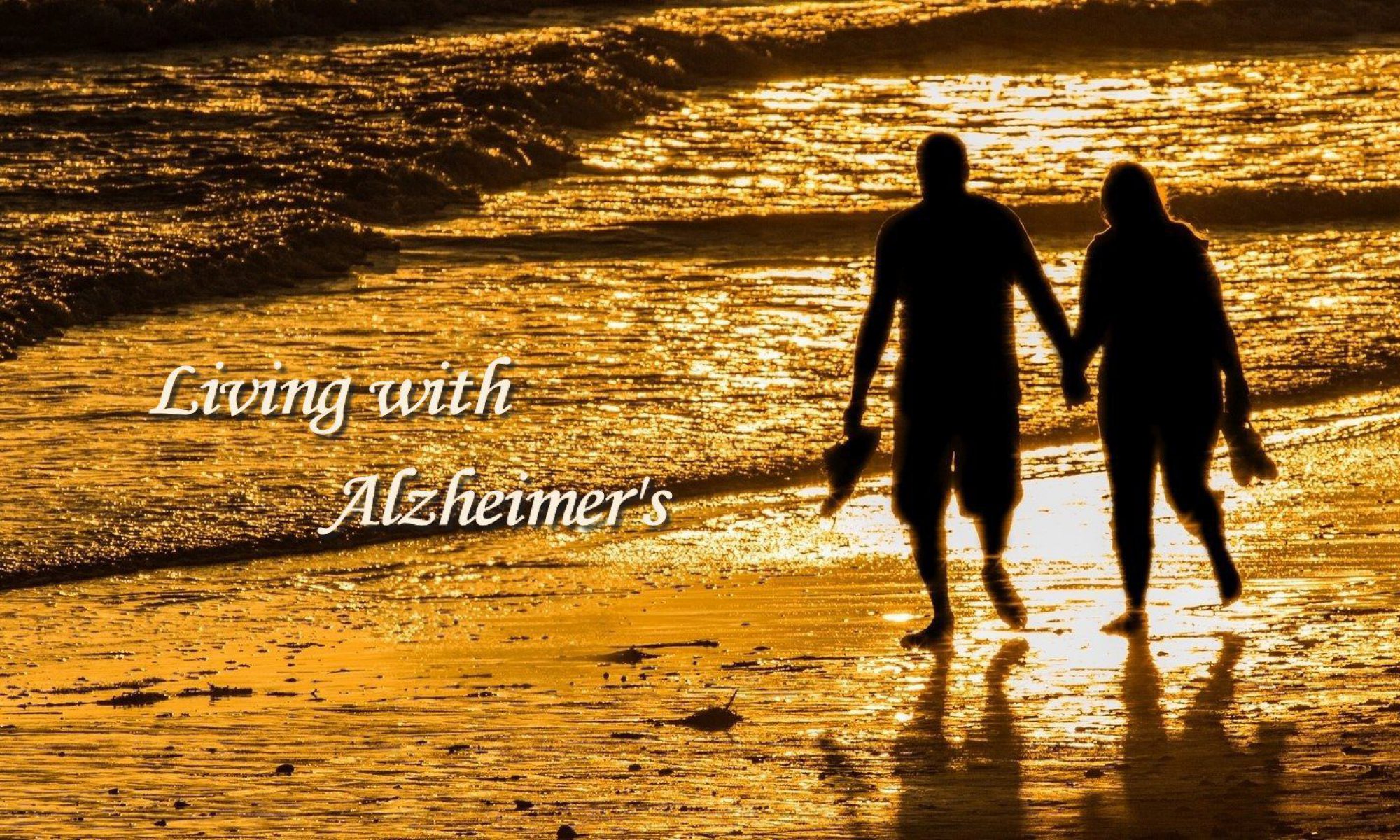Although Kate and I have experienced “ups and downs” while “Living with Alzheimer’s,” we’ve been able to live joyfully from the time of her diagnosis. There are many reasons for our success, but I believe having a large “caregiver’s toolbox” has been one of them.
We began our journey with 22 years of caregiving experience. That included all four of our parents and my dad’s significant other after my mom’s death. Three of them had dementia. We learned a lot during that time, and it made it easier for us to approach our personal experience with Alzheimer’s. That gave us the first tools for our toolbox.
My professional experience also provided relevant knowledge about caregiving. For ten years I was a social psychology professor. As I transitioned to a career in market research, I directed a master’s degree program for alcohol and drug abuse counselors. That fit well with my social psychology background and greatly expanded my knowledge acquired in academia.
Several years later, I joined the Stephen Ministry program of our church. This program links individuals who are facing personal and/or family problems with church members who serve as understanding companions who meet with them regularly until the service is no longer needed.
Despite that background, I felt the need to know far more. Each of the people for whom we had caregiving responsibilities was unique. I wanted to know how other people dealt with their situations.
My first step was to visit the Alzheimer’s Association website where I found an abundance of information and sources of help for caregivers as well as their loved ones. I read a fair amount of posts on various message boards but found it a little depressing. It was a comfortable place for people to express their problems and seek help, but I wanted to find a source with a more positive outlook.
That led me to check books on Amazon where I found Alzheimer’s Daughter by Jean Lee. Both of her parents had been diagnosed with Alzheimer’s on the same day. She carried a very heavy load as a caregiver. It was far more challenging than any of the experiences with our parents. Although facing significant struggles, she came away with an uplifting message for others facing similar situations.
I liked that. It led me to write her a letter. I was surprised and pleased when she replied. It turned out that she did much more for me than that.
When I created this blog, I communicated with her. It was she who introduced me to AlzAuthors, a not-for-profit organization of people who write about dementia. Becoming a member expanded my knowledge about dementia and caregiving. It also provided me with a much wider range of support. Most of them were caregivers or former caregivers. Others were people who were medical professionals who studied dementia. Still others had been diagnosed with the disease. As a result, I have been asked to serve on panels of workshops on various aspects of dementia and to be interviewed on several podcasts.
It wasn’t just the authors themselves, but many of them were also active on Twitter (now X). I, too, became active. That brought me in contact with a host of other people whose experiences have influenced me.
In addition to the impact that Alzheimer’s Daughter had on me, I was highly influenced by an article I read. It dealt with the importance of a team for a caregiver. The article’s focus was on a team of medical, legal, and financial professionals. I shared the author’s view and already had those in place, but I took that one step further.
I’ve always enjoyed being around other people. I decided to consider everyone with whom I came in contact to be a member, or potential member, of my team. That began with my family and friends but expanded to social media like Facebook and Twitter and the many strangers I encountered. This didn’t require anyone to do anything special. Even people who checked and bagged my groceries became part of my team. Servers in restaurants were especially important. As I look back, having a large team of supporters has played a big role in helping me as a caregiver.
Thus, I began life as a caregiver for Kate with a toolbox of useful tools. That toolbox has expanded considerably over the years. A carpenter always encounters situations that require new tools. That is certainly true for me as a caregiver, In future posts, I’ll talk about other tools that have been especially valuable to me. Stay tuned.






